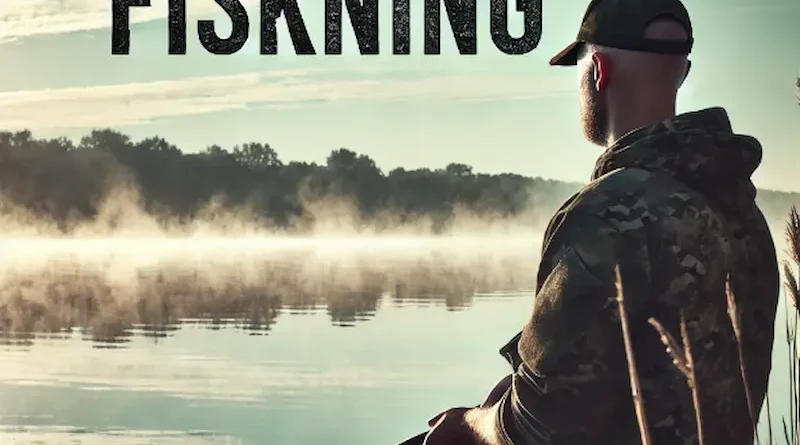A Comprehensive Guide to Fiskning: Tips, Techniques, and Etiquette
Fiskning, a timeless activity that blends skill, patience, and a touch of luck, invites anglers of all ages to experience the tranquil yet thrilling pursuit of catching fish. Whether you’re a seasoned fisher or a novice looking to cast your first line, this guide aims to equip you with the necessary knowledge to enhance your fiskning adventures.
Understanding the Basics of Fiskning
Fiskning involves more than just throwing a line into the water; it’s an art that requires understanding the environment, the behavior of different fish species, and the most effective techniques to capture them. Freshwater fiskning and saltwater fiskning differ significantly due to the species of fish and the habitats in which they are found.
Gear Up: Essential Fiskning Equipment
Before you head to the water, equipping yourself with the right gear is crucial:
- Fiskning Rod and Reel: Choose a rod and reel that best fit the type of fiskning you plan to do. Beginners might prefer a spinning reel for its ease of use.
- Bait and Lures: Live bait such as worms and minnows often attract fish effectively, while lures are designed to mimic the appearance and movement of a fish’s natural prey.
- Fiskning Line: The strength and type of line will depend on the fiskning environment and the species you are targeting.
- Hooks and Tackle: Various sizes and shapes of hooks and other tackle like sinkers and bobbers are used depending on the fiskning technique.
Best Practices for Responsible Fiskning
Responsible fiskning ensures that fish populations remain sustainable for future generations. Here are some practices to consider:
- Catch and Release: Learn how to properly catch and release fish to minimize injury and stress to the fish.
- Respect Size and Bag Limits: Adhere to regulations regarding the size and number of fish you can keep.
- Habitat Preservation: Be mindful of the fiskning environment by avoiding practices that could damage underwater habitats or shorelines.
Techniques That Make a Difference
Understanding various fiskning techniques can significantly improve your chances of a successful outing:
- Casting Techniques: Mastering different casting techniques, such as overhead cast and sidearm cast, can help you place your bait or lure precisely where you want it.
- Reading the Water: Knowing how to read the water helps in identifying promising fiskning spots characterized by water movement, vegetation, and underwater structures.
- Seasonal Strategies: Fish behaviors change with the seasons. Tailoring your approach to the time of year can be beneficial.
Safety First: Tips for a Secure Fiskning Trip
Safety should never be overlooked. Here are essential safety tips for every fiskning trip:
- Weather Awareness: Always check the weather forecast before heading out and be prepared for sudden changes in weather.
- Proper Clothing and Gear: Wear appropriate clothing for the weather conditions and always wear a life vest when fiskning from a boat.
- First Aid and Essentials: Carry a basic first aid kit and ensure you have enough water, sunscreen, and insect repellent.
The Joy of Fiskning
Beyond the technical aspects, fiskning is cherished for the peace and fulfillment it brings to many. It’s an opportunity to connect with nature, reflect quietly, and even bond with family and friends in a calm, outdoor setting.
Conclusion
As you spend more time by the water, your skills and instincts as an angler will naturally evolve. Every trip can teach you something new about the environment, the behavior of fish, and your personal techniques. The true pleasure of fiskning often lies in the continuous learning and the serene moments spent in nature’s embrace.
Visit the rest of the site Business Insiderrs for more interesting and useful articles. Thank you!

